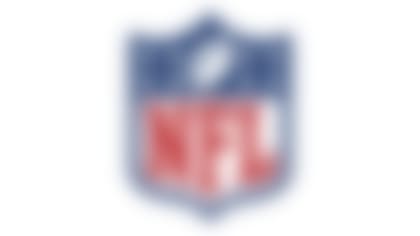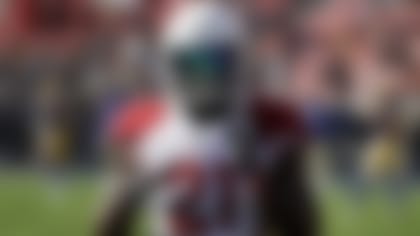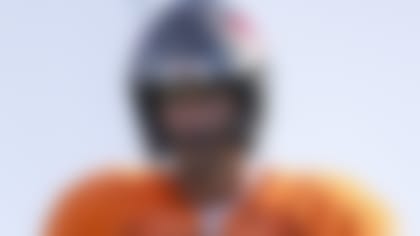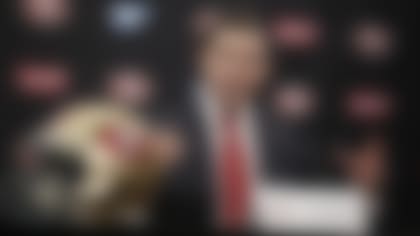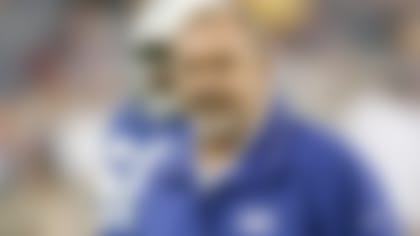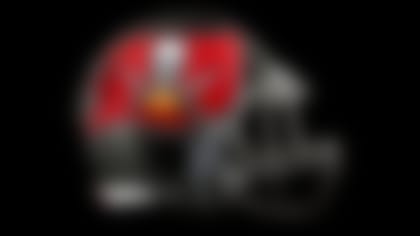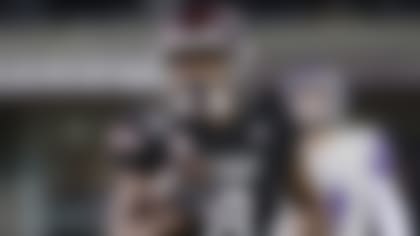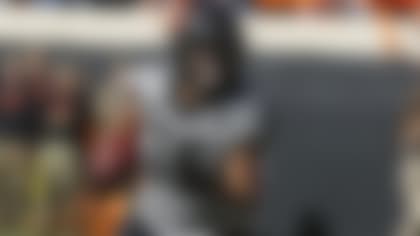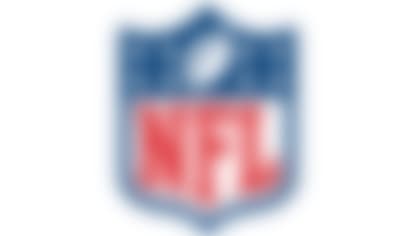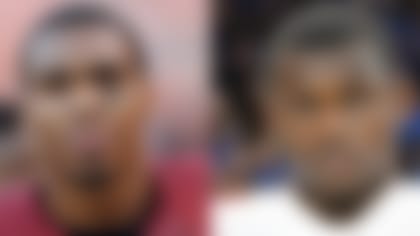The NFL and NFLPA have completed their joint review of the application of the Concussion Protocol involving Houston Texans quarterback Tom Savage during Houston's game against the San Francisco 49ers on December 10. As detailed below, the parties have both concluded that while the medical staff followed the Protocol, the outcome was unacceptable and therefore further improvements in the Protocol are necessary.
The review showed that following a hard tackle, Mr. Savage was immediately removed from the game and evaluated for a concussion. The Unaffiliated Neurotrauma Consultant ("UNC") and team physician reviewed the initial broadcast video, saw the play and Mr. Savage's response and followed the Protocol by performing a complete sideline concussion evaluation on Mr. Savage, which he passed. The slow-motion video, which focused more directly on the fencing posture, was not broadcast until after the doctors had begun the sideline evaluation and thus was not seen by the medical staff prior to the evaluation. The Texans medical staff continued to monitor Mr. Savage after the initial evaluation and shortly after his return to the game, identified symptoms that had not been present during the sideline evaluation and took him to the locker room for further evaluation.
The NFL and NFLPA recognize that Mr. Savage's return to the game did not reflect the expected outcome of the Protocol. As such, the parties have agreed that no discipline will be assessed, but have already implemented several improvements to the Protocol to prevent such an unacceptable outcome in the future. Working in conjunction with the NFL's independent Head, Neck and Spine Committee, these improvements include:
» Implemented a pilot program utilizing a centralized UNC based at the league office to monitor the broadcast feeds of all games. The UNC will contact the team medical staff on the sideline should they observe any signs or symptoms warranting further evaluation.
» Defined impact seizure and fencing responses as independent signs of potential loss of consciousness, representing "No-Go" criteria under the current Protocol. Players who display either of these signs at any time shall be removed from play and may not return to the game.
» Require a locker room concussion evaluation for all players demonstrating gross or sustained vertical instability (e.g., stumbling or falling to the ground when trying to stand).
» Officials, teammates, and coaching staffs have been instructed to take an injured player directly to a member of the medical team for appropriate evaluation, including a concussion assessment, if warranted.
» Require all players who undergo any concussion evaluation on game day to have a follow-up evaluation conducted the following day by a member of the medical staff.
» Added a third UNC to all playoff games and the Super Bowl to serve as a backup who can step in immediately should one of the original two UNCs be absent from the sideline for a time to attend to a more severely injured player.
In addition to implementing these changes to the Concussion Protocol, the NFL's Chief Medical Officer and NFLPA's Medical Director have hosted conference calls with every Unaffiliated Neurotrauma Consultant, Booth ATC Spotter and relevant team medical staff members to review the changes to the Protocol and the signs and symptoms of concussion. The NFL Head, Neck and Spine Committee, NFL and NFLPA will conduct a comprehensive off-season review of all aspects of the protocol with an emphasis toward continued improvement in detection and diagnosis.
